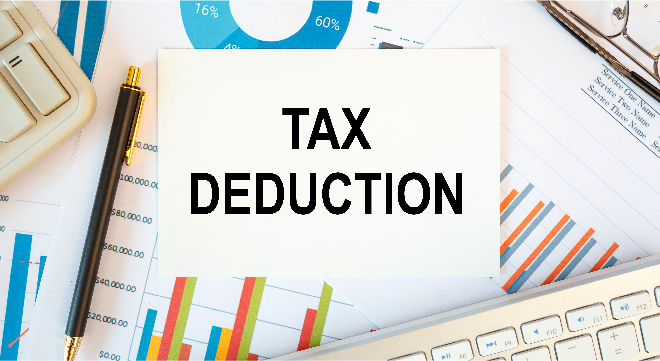Many pensioners who received their retirement income from more than one source had lower tax deductions, based on the tables applicable to the individual incomes. This often resulted in tax shortfalls at the end of the year, resulting in unexpected tax obligations, as they were under the impression that the tax deducted by the various fund managers was calculated correctly. No doubt, some financial advisers were confronted by angry clients.
Read: How taxing annuities at the fixed PAYE rate will affect pensioners
Read: How Sars has changed tax for annuitants
According to Sake Rapport yesterday, this does not mean that affected taxpayers will pay more tax. It simply means that actual applicable PAYE is deducted more accurately over the course of the tax year where, for instance, a pensioner draws an income from a pension fund and one or more annuities.
Prior to March 2022, fund managers were not necessarily aware of other sources of income, and merely applied the applicable tables. Earlier this year, Sars informed fund managers of its intention to apply this principle, and clients were informed accordingly. According to the report, many annuitants did not read, or understand, these notifications, resulting in an unexpected lower income from March.
Pensioners have the option of applying for a tax directive, but those who did not do so before March 2022 will only be able to do so at the beginning of the next tax year.
The article concludes with the advice that the decision to request a specific tax rate should be taken in consultation with a financial adviser.
The full article can be read here, but you need to be a subscriber to Netwerk24.



